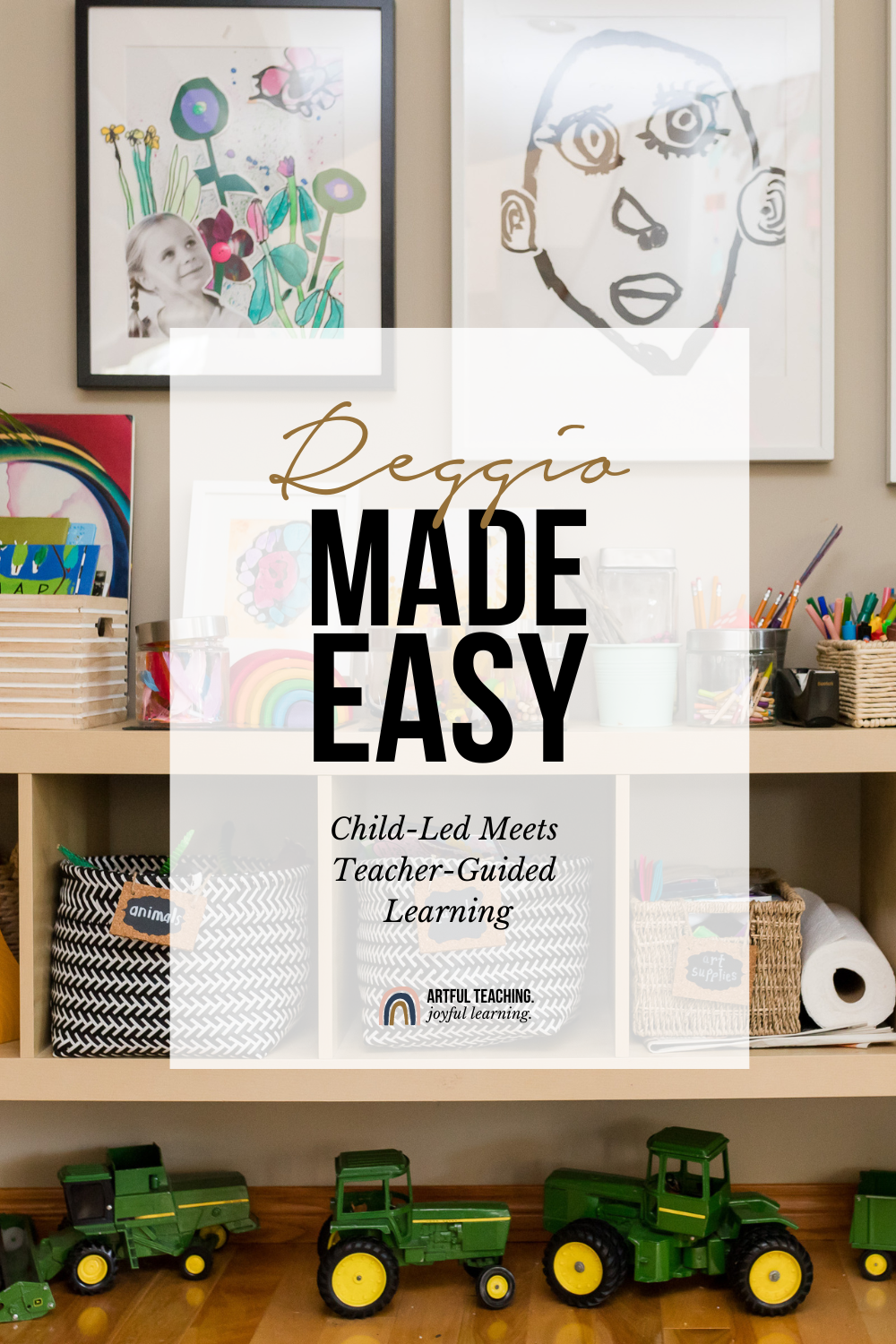Reggio Made Easy: A Beginner’s Guide to Reggio-Inspired Learning the North American Way

Over ten years ago, I discovered an approach to teaching and learning that would forever transform how I view children, teaching and learning.
As an advocate for the Arts and play-based learning and a lover of inspiring design, the Reggio-Emilia approach to early learning resonated with every fibre of my being.

But what does it mean to be Reggio-inspired, and where did the term come from? And more importantly, how can we - as North American educators and homeschoolers - take inspiration from such an approach, but also remain accountable for the learning outcomes we are expected to teach our children in the context of a public or homeschool education?

Reggio Emilia is a town in Northern Italy, and over 50 years ago at the conclusion of the second World War, a forward thinking phychologist named Loris Malaguzzi re-imagined education for children that would forever change the landscape of teaching and learning in the early years.
Reggio is not a model, or a system that can be rep...
Why I decided to start a school

From the time I can remember, I had wanted to become a teacher.
Teddy bears, Cabbage Patch Kids and Care Bears lined up in a row, seated before the giant chalkboard my dad had found at a garage sale. This was how I played every day. Even my little brother got a front row in my classroom {much to his chagrin}.

I don't know if it was my mother's influence {a well-respected teacher, now-turned-Education Consultant}, or the fact that I loved nurturing all those stuffed characters, or because I had the most amazing Nursery School teacher who was way ahead her time; but I knew with all my heart, THIS was what I was born to do.
Upon graduating from University with my Bachelor's of Education {and a major in Art}, I set about finding a job teaching Art at the Elementary level {my wheelhouse}. There was no such role at the time. High school art teachers were a plenty, but in the Early Years, where I knew I wanted to be, this was an untapped, unprecedented idea.

So, I happily accepted my...

